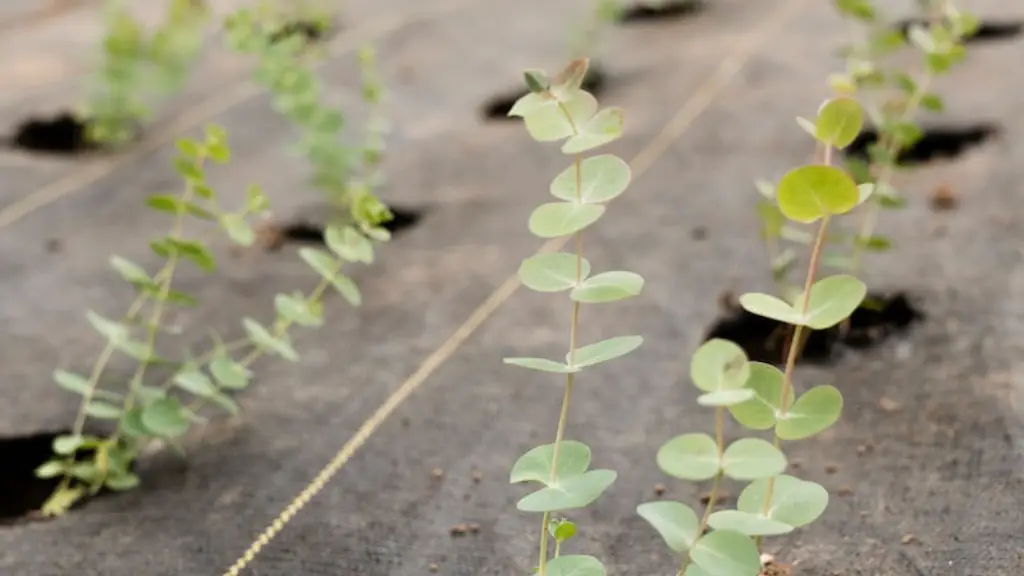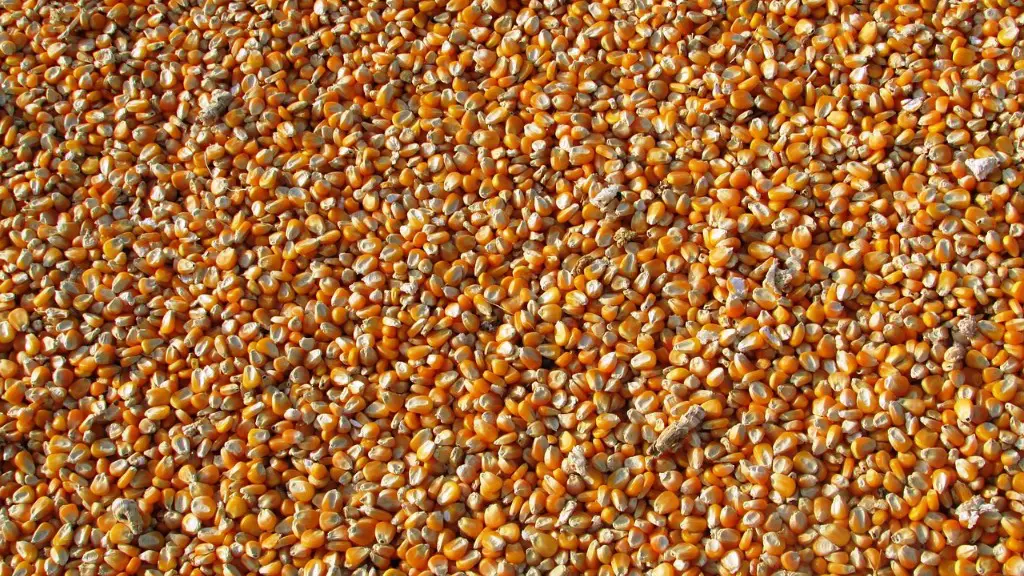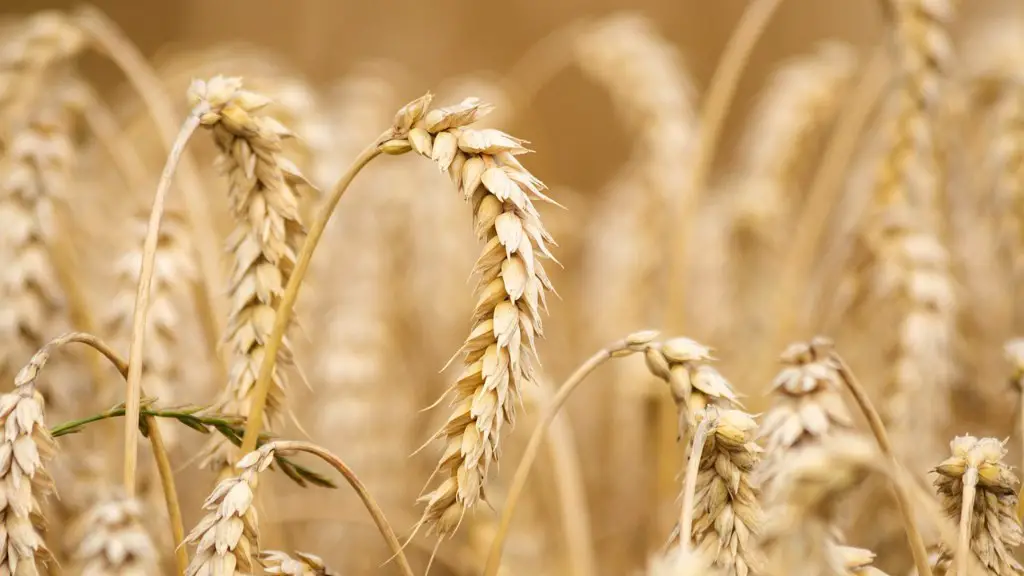Climate change’s effects on Canadian agriculture are severe and far-reaching. As temperatures change and weather patterns become erratic, Canadian farmers have no choice but to adapt or face dire consequences for their crops, families, and communities. Here’s how climate change is affecting agriculture in Canada and what farmers are doing to keep up.
Higher temperatures and more extreme weather conditions are affecting the production of crops. The more extreme weather conditions can disrupt the pollination of crops, leaving them unable to produce fruit or viable yields. In addition, warming summer temperatures can lead to premature blooming of crops, making them more susceptible to frost damage in the early spring and late fall. The severity of the weather conditions and the higher temperatures can also lead to soil erosion and the spread of pests, both of which can damage crop yields and lower profits for farmers.
Climate change is also causing longer and drier drought periods, both of which can have a negative effect on agricultural yields. Droughts reduce soil moisture, which affects the ability of plants to absorb nutrients and water. This can lead to reduced yields of crops or even crop failure in some cases. The lack of water also means that farmers may have to use additional irrigation, further raising their operating costs.
On top of this, the spread of extreme weather conditions can also cause livestock to suffer. Heat waves can cause stress and discomfort in animals, while droughts can limit food and water sources. These extreme weather events can cause a decline in livestock health and productivity, making it difficult for farmers to produce the healthy animals they need for their production.
In response to the challenges posed by climate change, Canadian farmers are adapting with new technologies and practices. In some cases, farmers are going to smaller, less intensively farmed operations, which can reduce their needs for energy and water for irrigation. In addition, farmers are also investing in new technologies to help them manage their land and crops more efficiently.
Some are trying the use of greenhouses to protect their crops from extreme weather conditions and increase their yields. Farmers are also turning to the use of sensors to monitor soil moisture and temperature, allowing them to better understand their environment and adjust their practices accordingly.
Finally, farmers are looking for ways to increase their resilience to weather-related impacts. For example, some are investing in soil conservation programs, which can help prevent soil erosion and maintain the health of their soil. Others are working with governments and other organizations to develop more resilient crop varieties that can better withstand extreme weather conditions.
Effect on Local Communities
Climate change is not just having an impact on farmers’ livelihoods, but also on the communities that depend on them. As crops fail, livestock suffer and farmers face losses, the communities that rely on their agricultural products lose out as well. With fewer resources, communities suffer an economic hit, leading to lower incomes and fewer jobs as businesses struggle to keep up with the demand.
In addition, climate change is also causing a shift in communities’ diets. The availability of certain foods depends on the season, and the changing weather patterns can disrupt the production of certain foods. For example, if crops ripen earlier than expected, there may not be enough time for them to provide the local community with food sources. This can lead to an increase in the consumption of processed foods and non-native crops, as people look for other sources of food.
Finally, as the weather becomes increasingly unpredictable, communities must be prepared for emergencies caused by extreme weather events. Droughts and storms can damage property, crops, and even lives, leaving communities without access to basic resources. This can cause disruptions in the local economy and put a strain on the resources of local organizations.
Adaptation Strategies
In response to the effects of climate change, Canadian farmers and communities are employing a variety of strategies to help them adapt and cope with the changing conditions. One of the primary ways they are doing this is through the use of technologies, such as automated irrigation systems, to conserve water and optimize crop production.
In addition, farmers are also looking for ways to increase the resilience of their crops by developing hardier varieties that can better withstand extreme weather. They are also investing in soil conservation efforts to prevent soil degradation, which can increase crop yields and improve soil health.
Finally, communities are also looking to better prepare for emergency situations caused by extreme weather events. This involves developing evacuation plans and other emergency measures to ensure that individuals and families can access basic services and resources in the event of a disaster.
Government Policies
The government is also taking steps to help Canadian farmers and communities facing the effects of climate change. Through the Climate Change Adaptation Program, the government is providing support to those affected by extreme weather events, as well as providing funding to farmers, communities, and businesses looking to develop more resilient systems and practices.
In addition, the government is introducing new regulations for the farming sector to help it become more sustainable and efficient. This includes regulations around water use and the disposal of certain chemicals, as well as providing incentives for energy-efficient irrigation methods.
Finally, the government is investing in research and development to better understand how climate change is affecting agriculture in Canada and to develop innovative solutions to help farmers and communities adapt. This includes research into new technologies, as well as studies into the impacts of climate change on different regions of the country.
Impact of Climate Change
Climate change is having a drastic impact on the agricultural sector in Canada, with farmers, communities and the nation’s economy all suffering the consequences. As temperatures rise and weather conditions become more extreme, crops, soil, and livestock are all affected, with farmers struggling to produce the yields they need to survive.
At the same time, these changing conditions are also leading to an increase in the spread of pests and disease, as well as wider disruptions to local diets and economies. As a result of this, farmers and communities are having to adapt in order to survive, and the government is introducing new policies and programs to help them do so.
Though the effects of climate change on Canadian agriculture are severe and far-reaching, there is still hope. With the right support and the right technologies, farmers can continue to produce healthy and viable crops, and communities can continue to thrive in the face of a changing climate.
Conclusion
Climate change is having a drastic impact on Canadian agriculture, leading to reduced yields, disrupted diets, and wider economic disruptions. In order to keep up, farmers and communities are having to adapt and the government is introducing new regulations and programs to help them do so. With the right support and the right technologies, farmers can continue to produce healthy and viable crops, and communities can continue to thrive in the face of a changing climate.




